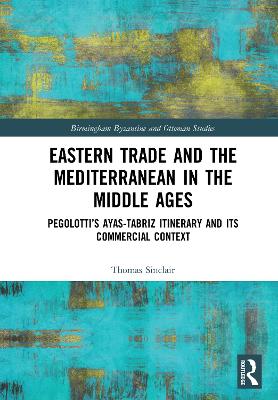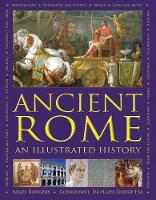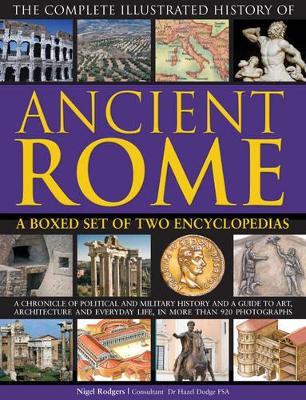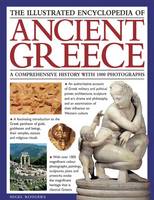Romans, Barbarians, and the Transformation of the Roman World
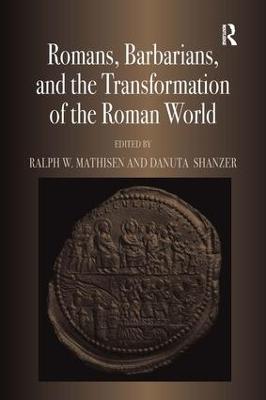 -15%
portes grátis
-15%
portes grátis
Romans, Barbarians, and the Transformation of the Roman World
Cultural Interaction and the Creation of Identity in Late Antiquity
Shanzer, Danuta; Mathisen, Ralph W.
Taylor & Francis Ltd
03/2011
398
Dura
Inglês
9780754668145
15 a 20 dias
884



